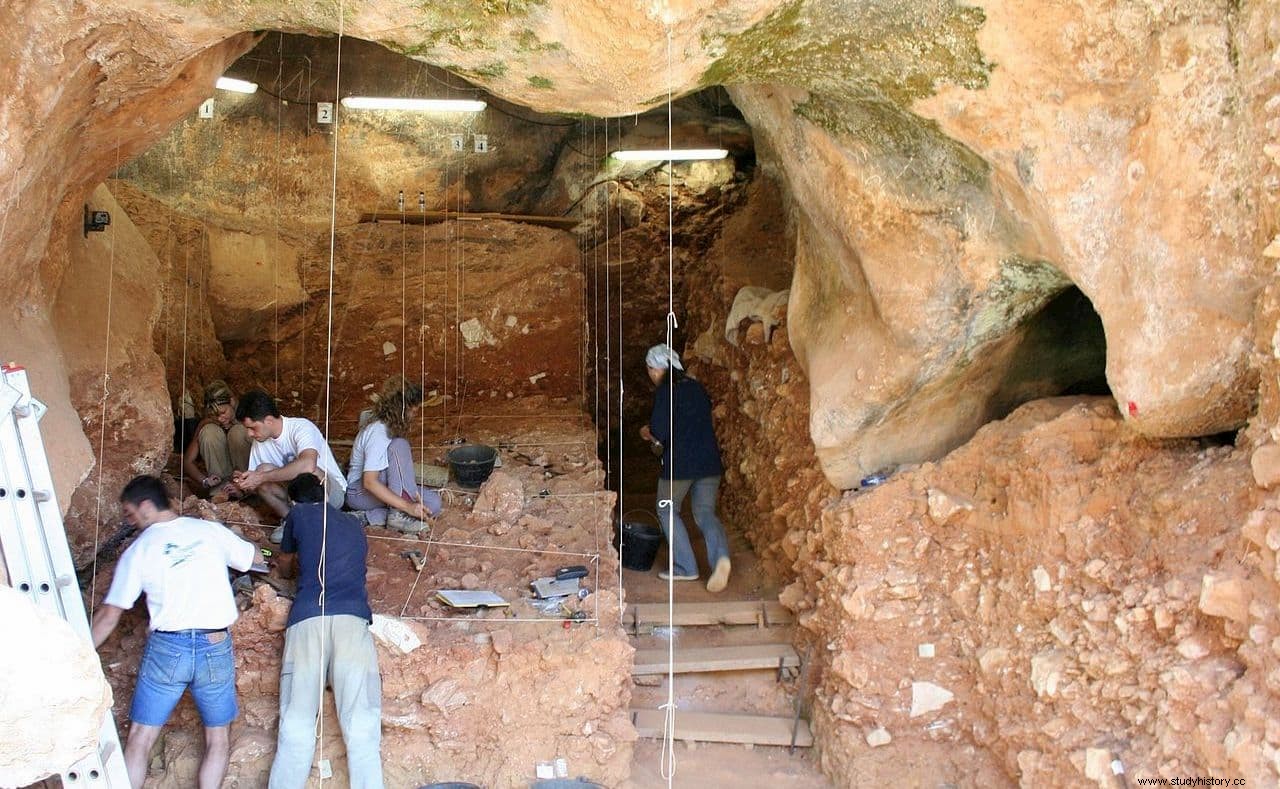A new study published by paleoanthropologists Antonis Bartsiokas and Juan-Luis Arsuaga investigates whether early humans had the capacity or ability to hibernate, just as many other animals such as bears or hedgehogs do. The results, surprisingly, suggest that they did.
Evidence found in bones from the Sima de los Huesos site in Atapuerca indicates that our ancestors were able to combat extreme cold hundreds of thousands of years ago by sleeping and slowing down their metabolism.
According to the researchers, the lesions and other signs of damage in the fossilized bones of early humans are similar to those left in the bones of other hibernating animals.
The study, published in the journal L’Anthropologie , suggests that the fossil bones show seasonal variations that would indicate that bone growth was interrupted for several months each year. These alterations would correspond to slowed metabolic states, which helped them survive for long periods of time in extreme conditions, with sufficient body fat reserves.
Bartsiokas and Arsuaga indicate that this may seem strange, but according to The Guardian they consider that this suggests that the genetic basis and physiology of such hypometabolism could be preserved in many species of mammals, including humans .
They add that the remains of a hibernating cave bear were found in the same pit as the chasm, making it even more believable that humans were doing the same thing.
Evidence of annual healing caused by intolerant hibernation in adolescent individuals points to the presence of intermittent annual puberty in these populations , indicate the researchers, explaining that other signs such as vitamin D deficiency due to lack of exposure to sunlight are evident in bone defects.

According to Bartsiokas and Arsuaga, the hibernation hypothesis is consistent with the genetic evidence and the fact that the Sima de los Huesos hominids lived during a glacial period .
But they warn that it is only a preliminary study. We'll need a lot more information before we can confirm if these ancient human ancestors were in fact hibernating, and if so, how the human species ended up losing this ability altogether. There are other explanations for the variations seen in the bones found at La Sima and these must be fully addressed before we can come to any realistic conclusions .
Countering the hibernation argument is the fact that modern Inuit and Sami, who live in similarly extreme conditions, do not hibernate. According to Arsuaga and Barsiokas, this is because fatty fish and reindeer blubber provide Inuit and Simas with food during the winter, thus avoiding having to hibernate. However, half a million years ago the area around Sima de los Huesos would not have provided enough food, forcing humans to resort to hibernation.
